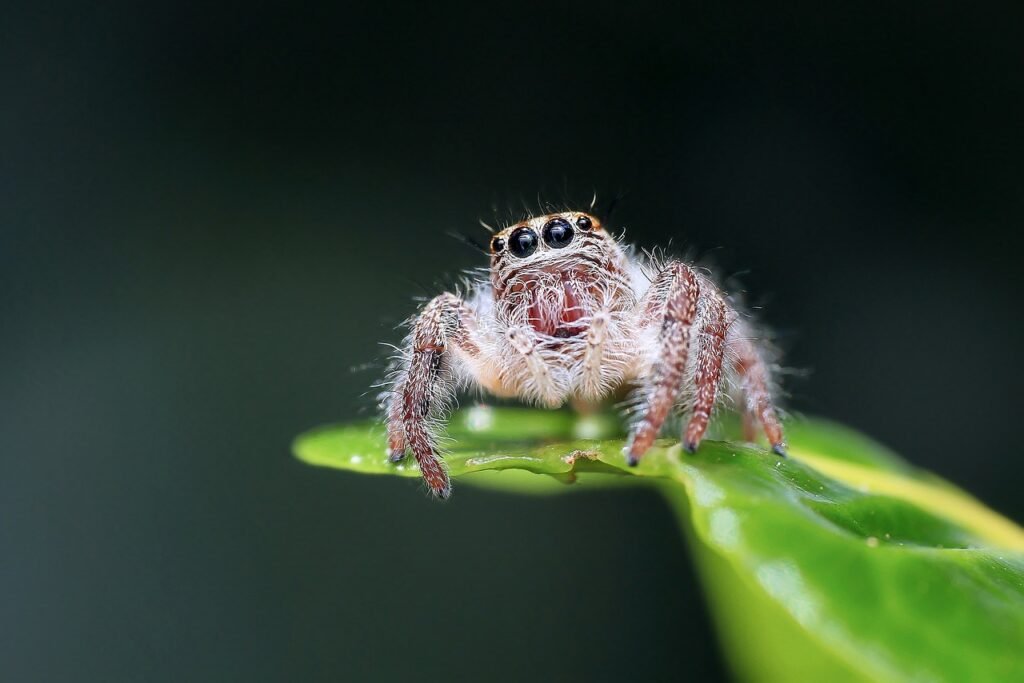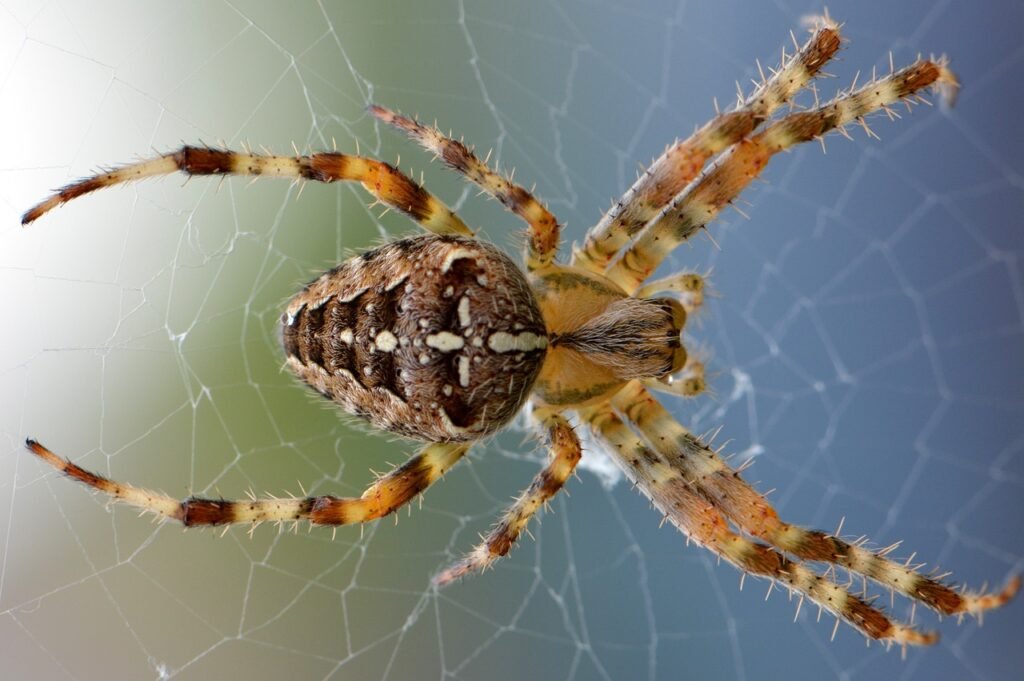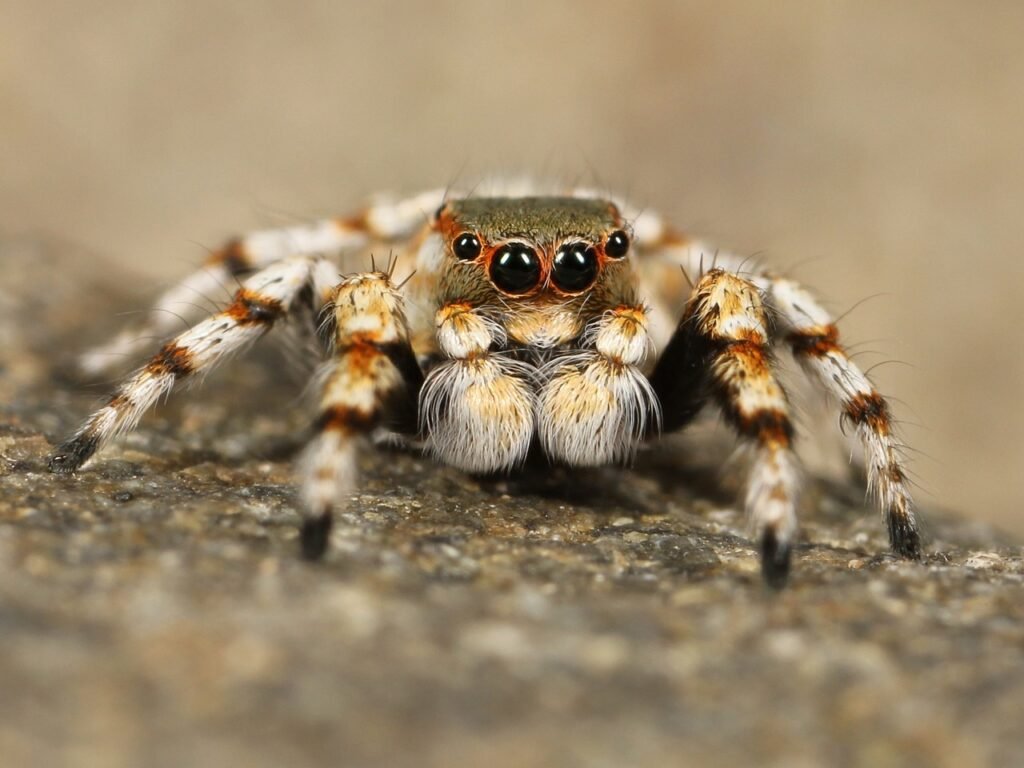Are you ready to be amazed by the unbelievable size of the Goliath birdeater tarantula? Hold on tight because this remarkable arachnid is about to blow your mind. Imagine a spider that can grow up to a foot in length, with a leg span that can stretch up to a jaw-dropping 12 inches. Yes, you heard it right – this enormous creature is the stuff of nightmares for those with arachnophobia. But don’t worry, we’ll uncover all the fascinating details about the size of this magnificent spider and delve into the reasons behind its enormous growth. Brace yourself for an exploration into the world of the Goliath birdeater tarantula.

This image is property of pixabay.com.
Overview of the Goliath Birdeater Tarantula
The Goliath Birdeater Tarantula, also known as the Theraphosa blondi, is a remarkable and awe-inspiring species of tarantula. It is one of the largest spiders in the world, known for its impressive size and unique characteristics. This tarantula can be found in the rainforests of South America, particularly in the countries of Brazil, Venezuela, and Suriname.
Physical Description
The Goliath Birdeater Tarantula is a visually striking creature. Its body can reach lengths of up to 4.75 inches (12 centimeters), with a leg span that can measure from 10 to 12 inches (25 to 30 centimeters). The body is covered in dense, long hairs, which are usually a dark brown or black color, contributing to its intimidating appearance. Additionally, this tarantula possesses large, sharp fangs and eight beady eyes, adding to its overall eerie presence.
Habitat and Distribution
The Goliath Birdeater Tarantula is primarily found in the rainforests of South America. It resides in countries such as Brazil, Venezuela, and Suriname, where the warm and humid climate provides an ideal environment for their survival. These tarantulas are primarily terrestrial, meaning they spend most of their time on the ground, often within deep burrows they construct themselves. They require a moist habitat, as they rely on damp soil and foliage to meet their hydration needs.
Size Comparison with Other Tarantulas
Average Leg Span
The Goliath Birdeater Tarantula stands out when it comes to size. Its leg span averages around 10 to 12 inches (25 to 30 centimeters), making it one of the largest tarantulas in the world. In comparison to other tarantula species, it dwarfs them significantly. Its sheer size alone is enough to capture the attention and amazement of arachnid enthusiasts around the globe.
Body Length
The body length of the Goliath Birdeater Tarantula is equally impressive. It can reach lengths of up to 4.75 inches (12 centimeters), adding to its overall formidable appearance. When considering other tarantula species, the Goliath Birdeater Tarantula outshines them in terms of its sheer size and commanding presence.

This image is property of pixabay.com.
Growth and Development
Life Cycle Stages
Similar to other tarantula species, the Goliath Birdeater Tarantula goes through various life cycle stages. It begins as an egg, which is laid by the female tarantula, and then hatches into a spiderling. These spiderlings go through several molting cycles as they grow, eventually reaching adulthood. The duration of each stage can vary, as factors such as temperature and food availability influence the speed of development.
Molting Process
Molting is a critical aspect of the Goliath Birdeater Tarantula’s growth and development. During this process, the tarantula sheds its exoskeleton to make room for further growth. Molting is necessary for the tarantula to increase in size and to repair any damage it may have incurred. The frequency of molting varies throughout different stages of the tarantula’s life, with younger individuals molting more frequently than adults.
Feeding Habits and Diet
Predatory Behaviors
The Goliath Birdeater Tarantula is an opportunistic predator. Despite its intimidating size, it primarily feeds on smaller vertebrates and invertebrates found within its habitat. Its diet includes various insects, small rodents, lizards, and even birds, hence its name “birdeater.” These tarantulas often wait patiently in their burrows, ready to ambush unsuspecting prey that passes by.
Prey Selection
When it comes to prey selection, the Goliath Birdeater Tarantula is not selective. It possesses well-developed sensory organs that detect vibrations and smells in its environment, aiding in locating potential prey. When the opportunity arises, it uses its sharp fangs to deliver a venomous bite to subdue its victim. Once immobilized, the tarantula injects digestive enzymes into the prey’s body, allowing it to consume the liquid contents.

This image is property of pixabay.com.
Defense Mechanisms
Urtricating Hairs
One of the Goliath Birdeater Tarantula’s primary defense mechanisms is the presence of urticating hairs on its abdomen. These hairs are actually specialized bristles that the tarantula can kick off when threatened. When released, these hairs can cause irritation and discomfort to potential predators, making it an effective deterrent. The hairs can cause mild irritation if they come into contact with human skin, so it is advisable to handle these tarantulas with caution.
Bite and Venom
In addition to urticating hairs, the Goliath Birdeater Tarantula possesses a potent venomous bite as another line of defense. Although the venom is not typically lethal to humans, it can cause significant pain and discomfort. The bite of the Goliath Birdeater Tarantula is uncommon, as it usually prefers to retreat or rely on its other defense mechanisms. However, if provoked or cornered, it may resort to biting as a means of self-defense.
Reproduction and Mating Behavior
Sexual Dimorphism
Sexual dimorphism is evident in the Goliath Birdeater Tarantula. Female tarantulas are significantly larger than males, with females reaching lengths of up to 4.75 inches (12 centimeters), while males only grow to approximately 2 to 3 inches (5 to 7.5 centimeters) in length. This size difference is attributed to the reproductive strategies employed by these tarantulas, as larger females have more space to accommodate their eggs.
Courtship Rituals
The mating behavior of the Goliath Birdeater Tarantula involves an intricate courtship ritual. The male tarantula approaches the female’s burrow and signals his presence through a series of leg drumming and vibrations. If the female is receptive to mating, she may respond by exiting her burrow. The male then approaches cautiously and gently inserts his pedipalps into the female’s genital opening to transfer his sperm. Once mating is complete, the male quickly retreats to avoid being mistaken for prey by the female.
Conservation Status and Threats
Habitat Loss
As with many other species, the Goliath Birdeater Tarantula is facing increasing threats due to habitat loss. Deforestation and human development are causing significant destruction to the tarantula’s natural habitat. As rainforests are cleared for agriculture and urbanization, the Goliath Birdeater Tarantula’s survival becomes increasingly precarious. It is important for measures to be taken to conserve and protect their fragile habitats.
Illegal Trade
The illegal trade of the Goliath Birdeater Tarantula is another threat to its population. The allure of owning such a unique and fearsome creature has led to an underground market for these tarantulas. Unregulated trade not only disrupts their natural populations but also contributes to the exploitation and smuggling of these animals. Efforts should be made to combat this illegal trade and implement regulations to ensure the sustainability of their populations in the wild.
Special Adaptations
Body Structure
The Goliath Birdeater Tarantula’s body structure is a remarkable adaptation that allows it to thrive in its environment. Its large, robust body and long legs provide stability and agility, enabling it to navigate the dense rainforest terrain with ease. Additionally, its specialized hairs and sharp fangs contribute to its survival through defense mechanisms and predatory abilities.
Burrowing Abilities
Another notable adaptation of the Goliath Birdeater Tarantula lies in its impressive burrowing abilities. These tarantulas create deep, intricate burrows in the moist soil, providing them with shelter and protection. These burrows also serve as a place to molt and lay eggs. The burrowing behavior allows the tarantula to maintain optimal moisture levels, escape predators, and seek refuge during unfavorable conditions.
Human Interactions
Fear and Misconceptions
Despite their fearsome appearance, the Goliath Birdeater Tarantula poses minimal danger to humans. However, fear and misconceptions surrounding spiders, especially large ones like the Goliath Birdeater, often lead to unwarranted panic and negative perceptions. Educating the public about the natural behavior and benefits of these creatures can help alleviate these misconceptions and foster appreciation for their role in the ecosystem.
Tarantulas as Pets
For some arachnid enthusiasts, owning a Goliath Birdeater Tarantula as a pet is a fascinating prospect. However, keeping these tarantulas requires careful consideration and understanding of their needs. Their large size, specific habitat requirements, and venomous bite make them a challenging pet to care for. It is crucial to ensure proper housing, diet, and handling practices if one chooses to keep a Goliath Birdeater Tarantula as a pet.
Scientific Research and Discoveries
Field Studies
Field studies play a crucial role in furthering our understanding of the Goliath Birdeater Tarantula and its natural history. These studies involve observing and collecting data on various aspects of the tarantula’s behavior, ecology, and population dynamics. By conducting research in their natural habitat, scientists can gather valuable information to support conservation efforts and expand our knowledge of this extraordinary species.
Taxonomy and Nomenclature
Taxonomy and nomenclature are important fields of scientific research when it comes to the Goliath Birdeater Tarantula. Scientists study the tarantula’s relationships with other species and classify it within the broader context of the animal kingdom. Accurate scientific names are assigned to ensure proper identification and communication among researchers. These efforts contribute to the overall understanding and appreciation of these incredible creatures.
In conclusion, the Goliath Birdeater Tarantula is a magnificent and unique species, captivating the world with its impressive size, distinct physical features, and intriguing behaviors. Understanding its habitat, size comparisons with other tarantulas, growth and development, feeding habits, defense mechanisms, mating behavior, conservation status, special adaptations, human interactions, and ongoing scientific research helps us appreciate the importance of its preservation and fosters a deeper understanding of the natural world.
